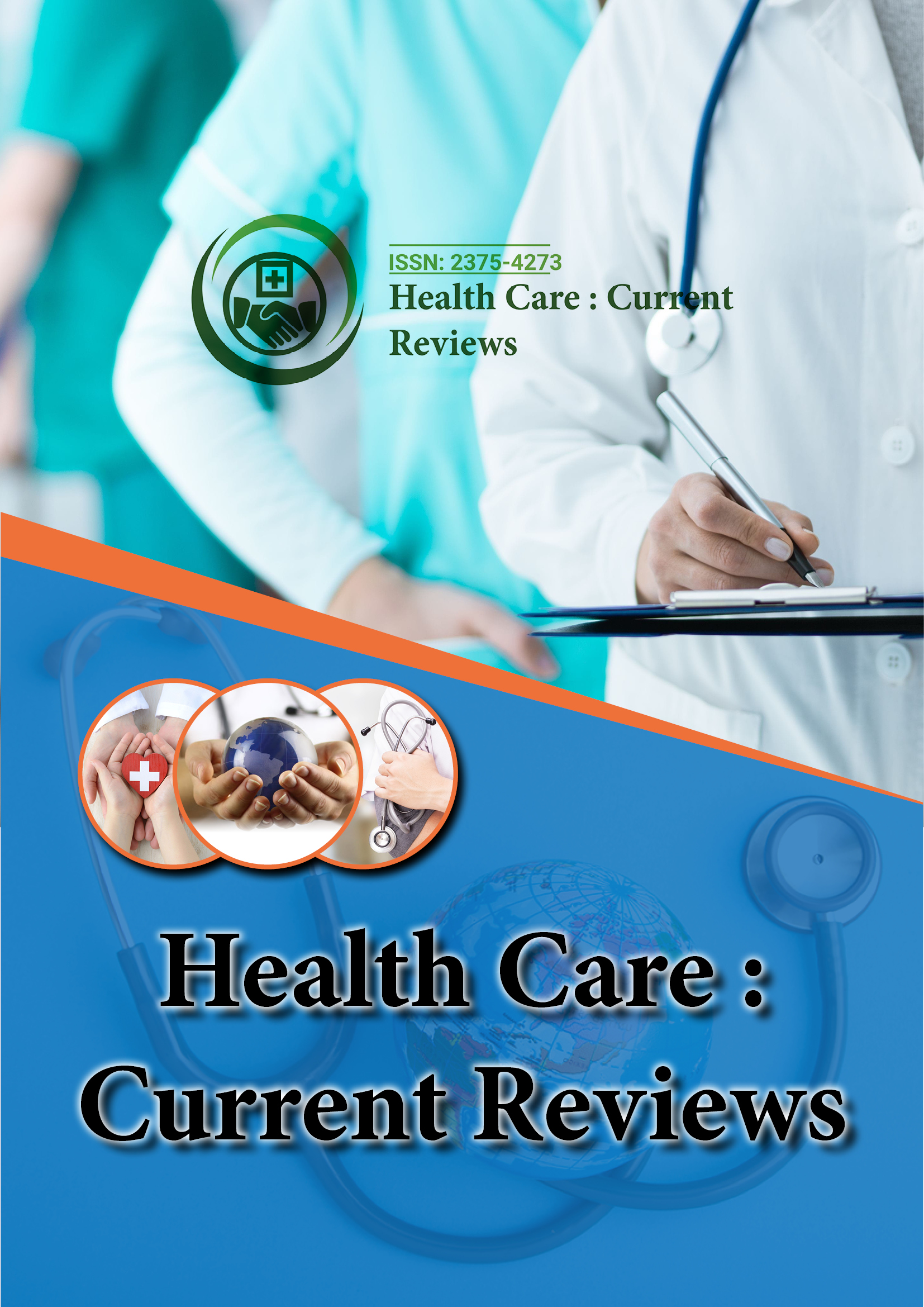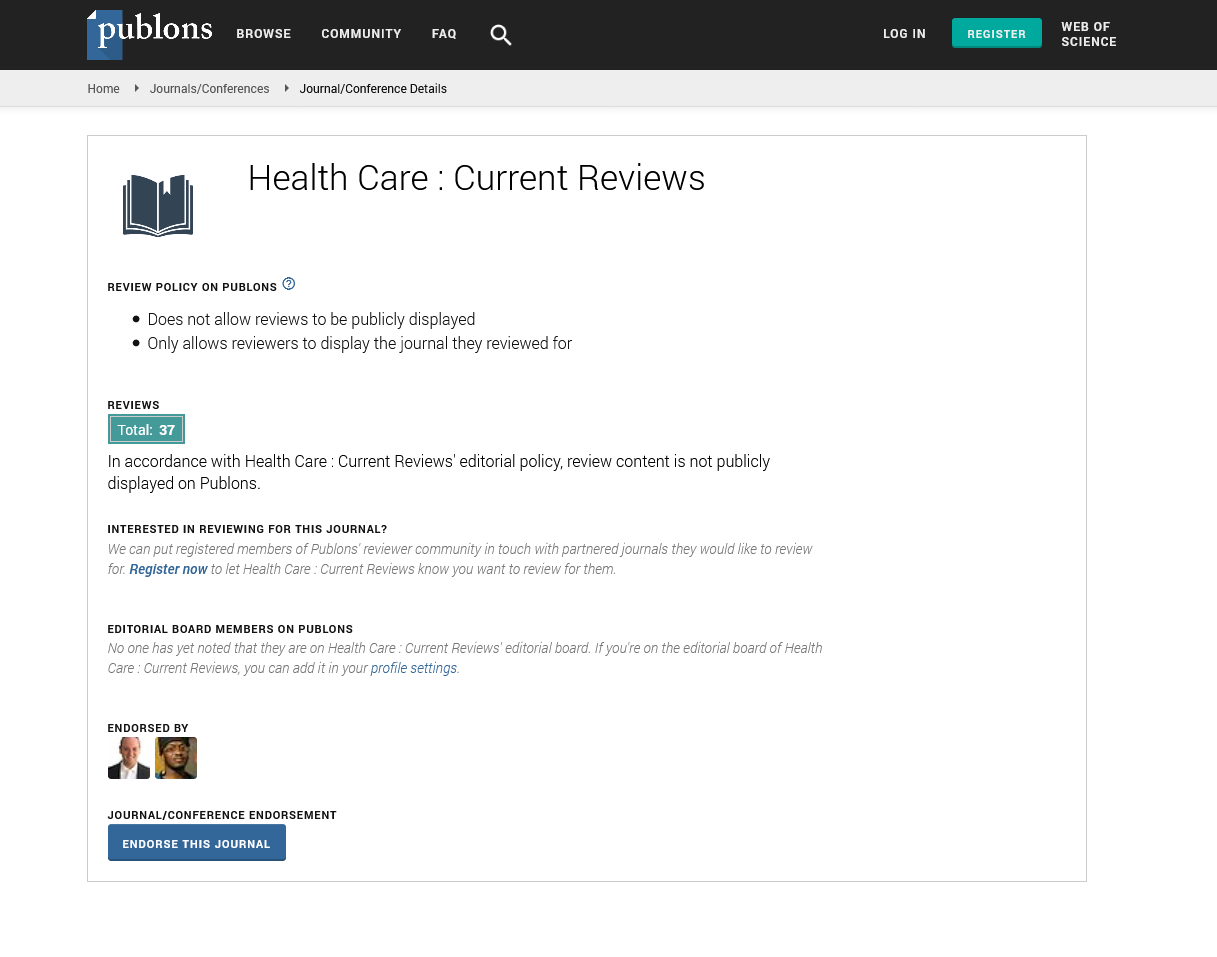Indexed In
- Open J Gate
- Academic Keys
- RefSeek
- Hamdard University
- EBSCO A-Z
- Publons
- Geneva Foundation for Medical Education and Research
- Google Scholar
Useful Links
Share This Page
Journal Flyer

Open Access Journals
- Agri and Aquaculture
- Biochemistry
- Bioinformatics & Systems Biology
- Business & Management
- Chemistry
- Clinical Sciences
- Engineering
- Food & Nutrition
- General Science
- Genetics & Molecular Biology
- Immunology & Microbiology
- Medical Sciences
- Neuroscience & Psychology
- Nursing & Health Care
- Pharmaceutical Sciences
Cost-effectiveness of human papillomavirus vaccines for preadolescent girls in Mozambique: A static cohort model
9th World Congress on Health Economics, Health Policy and Healthcare Management
April 17-18, 2023 | Paris, France
Esperanca Lourenco Guimaraes*, Assucenio Chissaque, Clint Pecenka, Frederic Debellut, Arlindo Banze, Ricardina Rangeiro, Arlete Mariano, Cesaltina Lorenzoni, Carla Carrilho, Maria do Rosario Oliveira Martins, Nilsa de Deus and Andrew Clark
National Institute of Health, Mozambique PATH, United States of America PATH, Switzerland Ministry of Health, Mozambique Maputo Central Hospital, Mozambique Eduardo Mondlane University, Mozambique New University of Lisbon, Portugal London School of Hygiene & Tropical Medicine, United Kingdom
Scientific Tracks Abstracts: Health Care Curr Re
Abstract:
Statement of the problem: Mozambique has one of the highest rates of cervical cancer in the world. Human papillomavirus vaccination was introduced for pre-adolescent girls in November 2021. This study evaluated the health and economic impact of the current HPV vaccine (GARDASIL-4) and two other vaccines (CECOLIN and CERVARIX) that could be used in the future. Methodology & theoretical orientation: A proportionate outcomes static cohort model was used to estimate the lifetime costs and benefits of vaccination with CECOLIN, CERVARIX and GARDASIL-4 in 10 cohorts of girls aged 9 years (2022-2031) and 5 cohorts of girls aged 10-14 years in the year 2022. The primary outcome measure was the incremental cost per Disability-Adjusted Life-Year (DALY) averted from a government perspective. Each vaccine was compared to no vaccination and to each other. We assessed uncertainty through deterministic and probabilistic sensitivity analyses. Findings: Without cross-protection all three vaccines had similar health benefits (48% reduction in cervical cancer cases and deaths). With cross-protection CERVARIX could have substantially more health benefits than the other two products (62% versus 48% reduction). Without Gavi donor support, discounted vaccine program costs were $43 m for CECOLIN, $61 m for GARDASIL-4 and $69 m for CERVARIX. With Gavi donor support all vaccines had similar discounted vaccine program costs (US $27 million). In scenarios without cross-protection CECOLIN was dominant; CECOLIN was cost saving with Gavi support and still very cost-effective without Gavi support. In scenarios with cross-protection and Gavi support CERVARIX was dominant and cost-saving. With cross-protection and no Gavi support, CECOLIN had the most favorable cost-effectiveness [Figure 1]. Conclusion: At a threshold of US 175 (35% of the national GDP per capita), HPV vaccination is cost-effective for preadolescent girls in Mozambique. The optimal choice of vaccine depends on influential cross-protection assumptions. CERVARIX is worth consideration, particularly while its cost is heavily subsidized by Gavi.
Biography :
Esperança is Veterinarian by training, Master in Animal Science (focus in Epidemiology) and PhD candidate in Tropical Diseases and Global Health. She works at National Institute of Health (INS) as Project Assistant of a capacity building project, Researcher in the fields of Enteric Infections, Immunization and Health Economics and as member of the Institutional Review Board.

